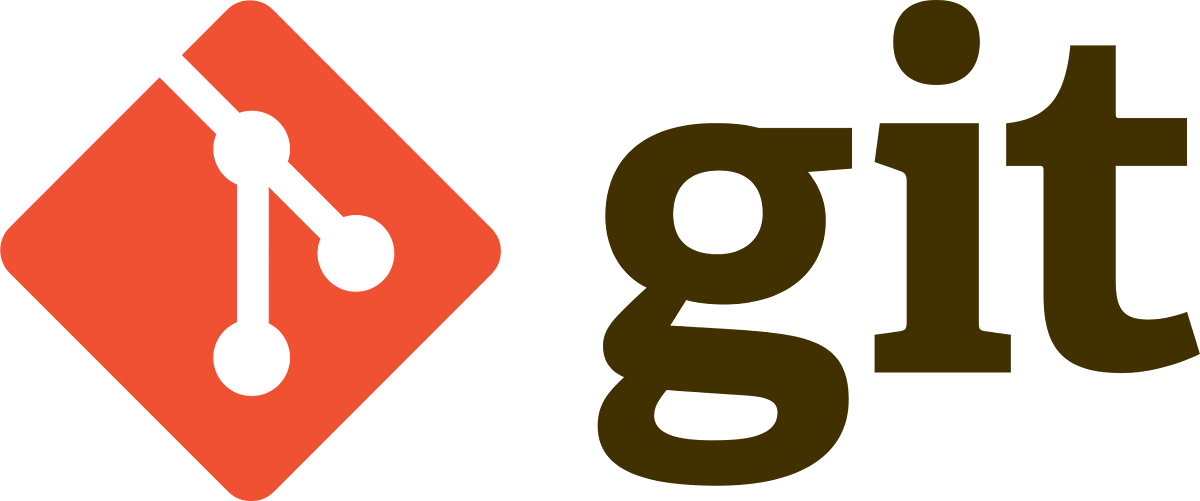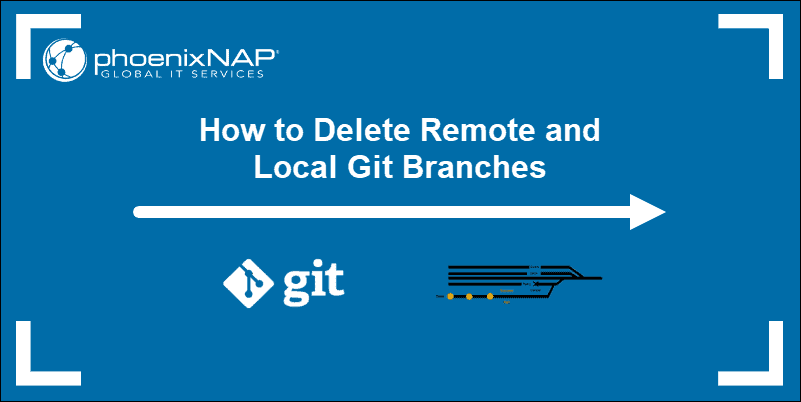
- #Git add remote. full#
- #Git add remote. code#
- #Git add remote. plus#
- #Git add remote. download#
You need to click on the button, as shown below where a pop up comes, and you click on "Open GitHub desktop".You need to open your GitHub account in your browser and the process of creating a new repository, i.e., step 1 is the same as mentioned above in "Using Command line to PUSH to GitHub".
#Git add remote. download#
GitHub Desktop is available to download for any operating system, and it gives the GUI(Graphical User Interface) platform to push your local content from your local repository to a remote repository like GitHub. Using GitHub Desktop to PUSH to your local content to GitHub. You can finally see the file hosted on GitHub.View your files in your repository hosted on GitHub Fill in your GitHub username and password.ġ0.In the code, the origin is your default remote repository name and '-u' flag is upstream, which is equivalent to '-set-upstream.' and the master is the branch, name.upstream is the repository that we have cloned the project.git push -u origin master is used for pushing local content to GitHub.
#Git add remote. code#
Push the code in your local repository to GitHub You can see the remote as GitHub in this case, and GitHub provides the URL for adding to the remote repository.ĩ.
In the above code, The 'origin' is the remote name, and the remote URL is " ". Add the URL copied, which is your remote repository to where your local content from your repository is pushed The HTTPS or URL is copied from the given GitHub account, which is the place of the remote repository.Ĩ. Copy your remote repository's URL from GitHub #Git add remote. full#
git commit uses '-m' as a flag for a message to set the commits with the content where the full description is included, and a message is written in an imperative sentence up to 50 characters long and defining "what was changed", and "why was the change made".ħ. You can create a commit message by git commit -m 'your message', which adds the change to the local repository. Commit the files staged in your local repository by writing a commit message Use git status in your bash to view all the files which are going to be staged to the first commit.Ħ. in your bash to add all the files to the given folder. '.git' is created at the top level of your project, which places all of the revision information in one place.ĥ. It is used to create a new empty repository or directory consisting of files' with the hidden directory. Use git init to initialize the repository. This command can identify the required file that you are looking to work with. The cd commands stand for 'change directory' and it is used to change to the working directory in your operating system, and to locate your file, 'path_name', i.e., C:/Users/Dell/Downloads/FaceDetect-master needs to be given. Move to the specific path in your local computer by cd 'path_name'. pwd stands for 'print working directory', which is used to print the current directory. Create your local project in your desktop directed towards a current working directory 


Git Bash can be downloaded in here, and it is a shell used to interface with the operating system which follows the UNIX command.ģ.Fill up all the required details, i.e., repository name, description and also make the repository public this time as it is free.
#Git add remote. plus#
You need to create a new repository and click on the plus sign. In this tutorial, you'll be looking two different ways to PUSH to GitHub. The command used for pushing to GitHub is given below. The git push command is used to transfer or push the commit, which is made on a local branch in your computer to a remote repository like GitHub. However, if you don't have any concept about Git, then have a look at Git Tutorial for Beginners: Command-Line Fundamentals and set up your environment by using GIT SETUP: The Definitive Guide. You can easily follow along with all of the materials in the tutorial, even if you are a beginner. are also popular, but Developers, Data Scientists, and Data Analysts mostly use the GitHub to PUSH and do PULL Request. You'll be using GitHub for this tutorial as it is widely used, however, Bitbucket, Gitlab, etc.







 0 kommentar(er)
0 kommentar(er)
